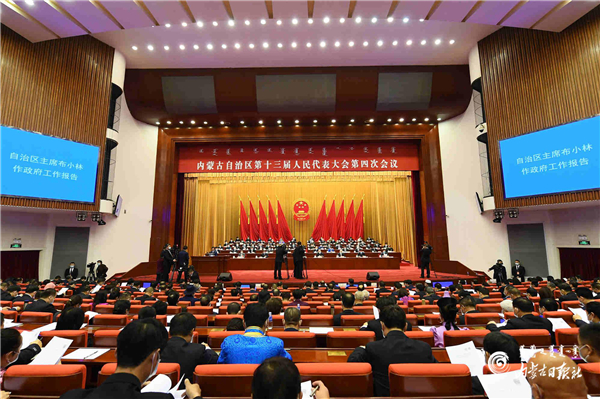Hohhot
Hohhot is the capital of Inner Mongolia and the political, economic, scientific and cultural center of the region and is recognized as one of China's better-known historical cities. The name Hohhot is Mongolian for "green city". It is known as a national forest city, a model tourist city, one of the global Top 20 for economic growth, China's Top 100 for economic strength, and China's Top 50 for investment and finance. It also has an abundance of dairy products.
Geography
The cities of Baotou and Erdos lie to the west and Ulanqab to the east as well as Shanxi province to the south. It is a key point for China's western development strategy while, at the same time, providing a hub for the north, northwest, and the rest of the mainland. It also connects China with Mongolia, Russia and even Eastern Europe.
Climate
The city has a continental monsoon climate and distinct four seasons with long, cold winters, short, hot summers, and violent weather changes in spring and autumn. Its coldest temperature can be -12.7℃, and the hottest, 22.9℃.
Administrative divisions
The city covers an area of 17,200 square kilometers, with a 2,065-sq-km urban area. The administrative area includes four districts -- Xincheng, Huimin, Yuquan and Saihan -- and four adjoining counties -- Togtoh, Horinger, Qingshuihe, and Wuchuan -- and a banner called Tumd Left Banner. It is home to 3.14 million people.
Economy
In 2019, Hohhot achieved a regional GDP of 279.15 billion yuan ($39.56 billion), a year-on-year increase of 5.5 percent. Of which, the added value of the first industry was 11.42 billion yuan, an increase of 1.2 percent; the added value of the second industry was 82.38 billion yuan, an increase of 2.2 percent, and the added value of the tertiary industry was 185.34 billion yuan, an increase of 7.3 percent.
From the perspective of industrial structure, the three industrial structures were adjusted to 4.1: 29.5: 66.4.
The contribution rates of the primary, secondary and tertiary industries to GDP growth were 1.1 percent, 12.4 percent and 86.5 percent, respectively.
In 2019, the per capita disposable income of all residents was 89,138 yuan, an increase of 5.1 percent year on year.



 Print
Print Mail
Mail





